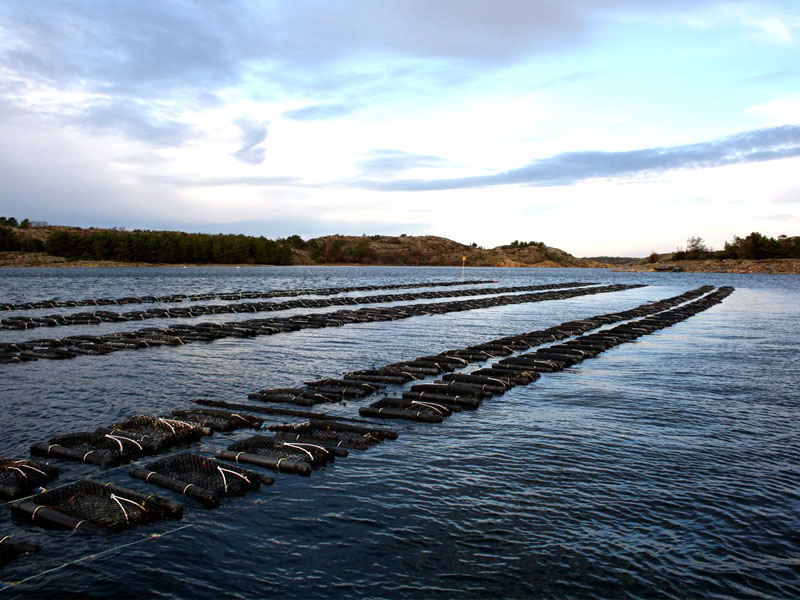Oyster mesh is a fundamental element in the realm of oy […]
Oyster mesh is a fundamental element in the realm of oyster farming, serving as a protective shield for oyster beds against both natural predators and fouling organisms. This mesh, carefully woven into a net-like structure, acts as a barrier that encompasses oyster beds, offering a vital layer of defense for these delicate shellfish. Its significance lies not only in safeguarding the oysters but also in fostering an environment conducive to their growth and development.
At the heart of its functionality, oyster mesh provides a robust defense against a myriad of predators that lurk within the marine environment. These predators, ranging from crabs to starfish and certain fish species, pose a constant threat to oyster populations, capable of decimating entire beds if left unchecked. By erecting a physical barrier, the mesh effectively deters these predators, thwarting their attempts to access and prey upon the vulnerable oysters. The fine grid structure of the mesh acts as a formidable obstacle, impeding the movement of larger predators while allowing essential water flow and nutrient exchange to occur unimpeded. In doing so, the mesh creates a sanctuary for the oysters, shielding them from harm and significantly reducing the risk of predation-related losses.
Furthermore, oyster mesh extends its protective embrace to include avian predators, such as birds and shorebirds, which may pose a threat to exposed oyster beds. By forming a barrier that denies access to these aerial predators, the mesh helps safeguard the oysters from depredation, ensuring their safety and survival.
Beyond its role in predator exclusion, oyster mesh plays a pivotal role in mitigating fouling, a phenomenon that poses a significant challenge to oyster farming operations. Fouling occurs when unwanted organisms, including barnacles, algae, and sponges, settle on the surfaces of oyster shells and substrate, competing with oysters for space and resources. Left unchecked, fouling can impede the growth and development of oysters, hampering overall farm productivity. However, by enveloping oyster beds with mesh, farmers can effectively mitigate fouling by minimizing available substrate for settlement and preventing fouling organisms from establishing a foothold. This proactive approach helps maintain a clean and conducive environment for oyster growth, ensuring optimal conditions for their development.
Moreover, the adaptability and resilience of oyster mesh further enhance its effectiveness as a protective barrier. Constructed from durable materials such as high-quality plastics or corrosion-resistant metals, the mesh boasts long-term durability and can withstand the rigors of the marine environment. Its robust construction ensures reliable protection for oyster beds over extended periods, minimizing the need for frequent replacements and maintenance.
In addition to its protective functions, oyster mesh offers practical advantages in terms of installation and maintenance. Its design allows for ease of installation, with various anchoring methods available to secure the mesh in place, depending on the specific farming setup and environmental conditions. Routine maintenance, such as cleaning and repairs, can be performed efficiently, ensuring the optimal performance and longevity of the protective barriers.



 WhatsApp:+8613626888261
WhatsApp:+8613626888261